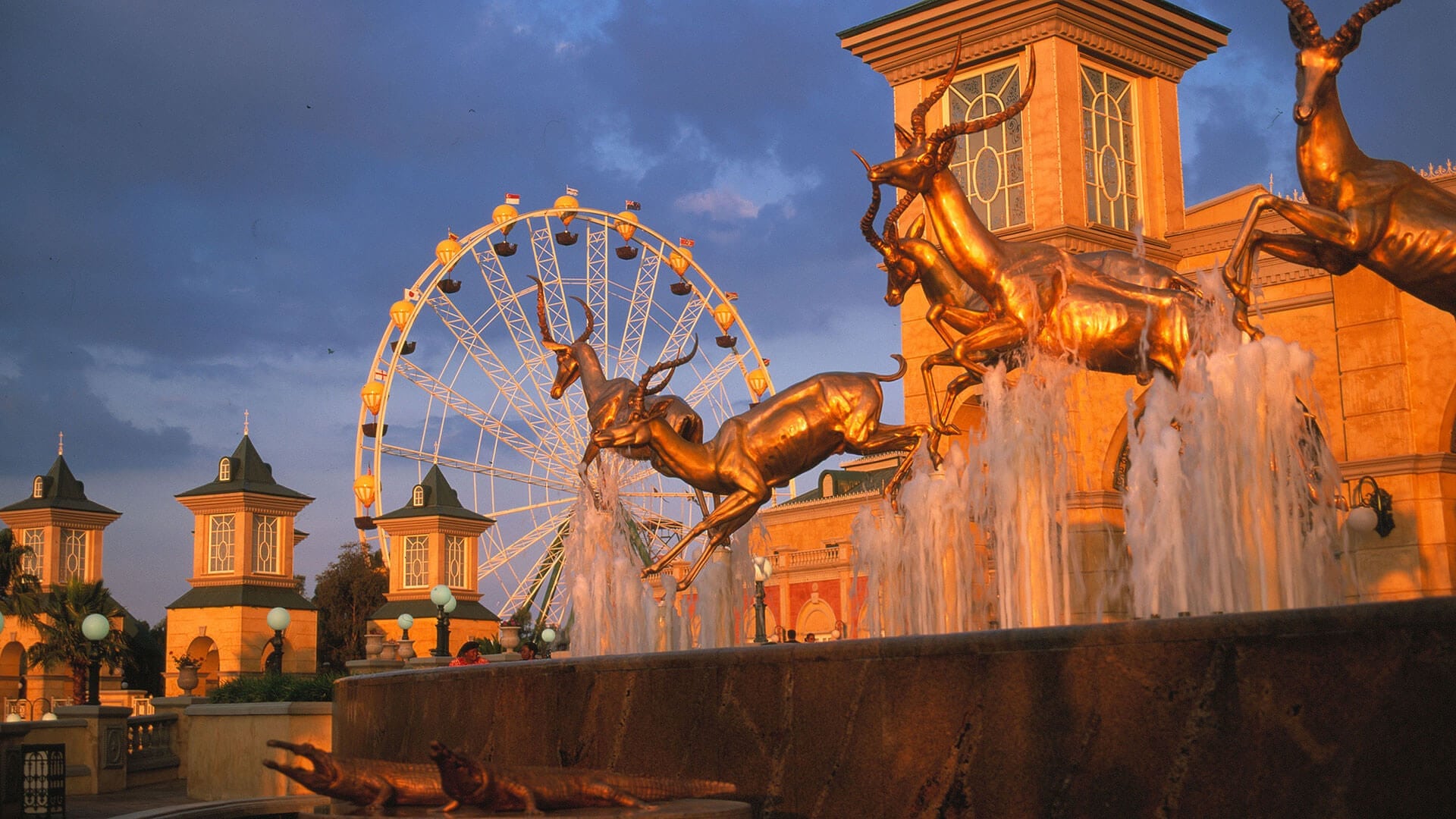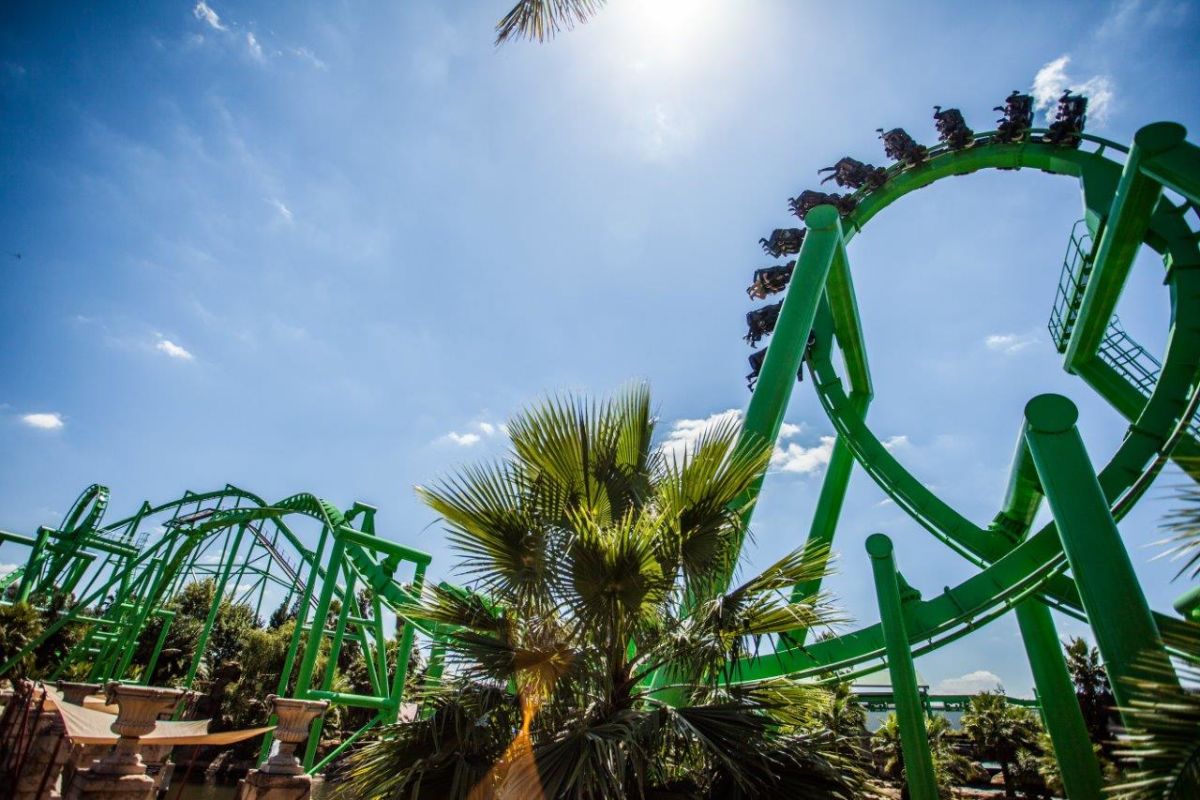The Main Principles Of Johannesburg North Attractions
The Main Principles Of Johannesburg North Attractions
Blog Article
Get This Report on Johannesburg North Attractions
Table of ContentsThe Best Guide To Johannesburg North AttractionsJohannesburg North Attractions Fundamentals ExplainedNot known Factual Statements About Johannesburg North Attractions Little Known Questions About Johannesburg North Attractions.Examine This Report about Johannesburg North AttractionsThe Johannesburg North Attractions Statements5 Simple Techniques For Johannesburg North Attractions
However you must keep safety and security in mind and travelers have to continue to be sharp in all times when in unknown environments. Talk to the residents when you remain in community to discover the location you are remaining in. Johannesburg North attractions. When on the street (this does not relate to purchasing malls and various other protected atmospheres) ideal general recommendations is to try your best to resemble a neighborhood and to stay clear of displaying any form of wide range
Rumored Buzz on Johannesburg North Attractions
Teacher Revil Mason O. J. (Thomson, 1946) discovered the Witwatersrand's pre-colonial history. His archaeological job exploded the 'em pty land' misconception, according to which the area was lacking human habitation before the arrival of European inhabitants. In his magazines Prehistory of the Transvaal: A Document of Human Activity (1962) and Beginnings of Black People of Johannesburg and the Southern Western Central Transvaal Advertisement 3501880 (1986 ), Teacher Mason demonstrated the degree of social and financial growth in the location prior to Europeans set foot here.

Excitement About Johannesburg North Attractions
In 1878, David Wardrop found gold in quartz veins at Zwartkop, north of Krugersdorp. In 1881, Stephanus Minnaar came across gold on the ranch Kromdraai, near the Cradle of Mankind.
In March 1886, an outcropping (soon to be called the Key Coral reef) was discovered, fairly fortunately, on Gerhardus Oosthuizen's farm Langlaagte. Some state that the Lancastrian coal miner George Pedestrian discovered this reef. Another itinerant English miner, George Harrison (who had actually previously operated in Australian mines) acquired a prospecting licence in regard of Langlaagte in May 1886.
He determined to go on in a quest for greener fields, and disposed of his Langlaagte case for the princely amount of 10. Alas: underneath lay the wealthiest goldfield ever found. The discovery of this abundant auriferous reef prompted a gold rush that signalled the end of agrarian serenity in the southern Transvaal.
It would certainly, additional reading within six years, become the largest community in southerly Africa. Within a decade, it would make the Z. A. R. up until then an anarchical and bankrupt little state the richest nation in Africa. By the millenium, the Z. A. R. was to exceed Russia, Australia and the USA of America to end up being the globe's leading gold manufacturer, generating greater than a quarter of the globe's gold.
4 Easy Facts About Johannesburg North Attractions Explained
It was called Ferreira's Camp, called after Colonel Ignatius Ferreira. He was a Boer traveler upon whom the British authorities had actually presented the status of Friend of the Most Differentiated Order of St Michael and St George (qualifying him to the post-nominal letters C. M. G.) in appreciation for his role in the war that had actually deposed the Pedi king Sekhukhune in 1879.
2 other camps were established: Meyer's Camp on the farm Doornfontein, and Paarl Camp. The latter was nicknamed Afrikander Camp; lots of people from the Cape Nest resolved there.

An Unbiased View of Johannesburg North Attractions
This name got money by word of mouth, such that the State Assistant attested the name to the Mining Commissioner on 9 October 1886. Stands in the town were auctioned on 8 December 1886. While some stands were cost 10, others were torn down for as low as sixpence.
2 years later on, these erven were to alter hands for as much as 750 each. The tented camps diminished as a dorp of corrugated iron structures created and expanded north of the mines situated along the Key Coral Reef Road. Areas such as Jeppe's Town (where working-class immigrants erected their residences) and Doornfontein (where the affluent brand-new 'Randlords' started to create their opulent homes) were soon contributed helpful resources to the ever-expanding map of the town.
Not known Details About Johannesburg North Attractions
Apart from the street names, there were no signs of Johannesburg being positioned in a Dutch-speaking country., virtually every person talked English and also the Federal government servants addressed one in English, unless they were first attended to in the Taal (or Low Dutch)'.
As such, Britain had a passion in ensuring optimal problems for gold manufacturing on the Witwatersrand, and that the gold was exported to London rather than Berlin a necessary provided all the a lot more clamant by the Z. A. R - Johannesburg North attractions.'s boosting toenadering with Germany. Mine owners got on a clash with Head of state Kruger, whose policy of monopolistic giving ins (usually granted to his cronies) avoided mining firms from acquiring supplies of materials (specifically dynamite) and labour by themselves, more affordable terms
Everything about Johannesburg North Attractions
In 1890, the Volksraad had actually limited the franchise to white males who had actually resided in the Z. A. R. for fourteen years or longer, hence invalidating the majority of the immigrants (that happened to be the significant contributors to the fiscus). Frustration for the vote was a mere pretext for promoting a different agenda; many uitlanders regarded themselves as short-term site visitors and had no purpose of continuing to be in the Z.
Report this page